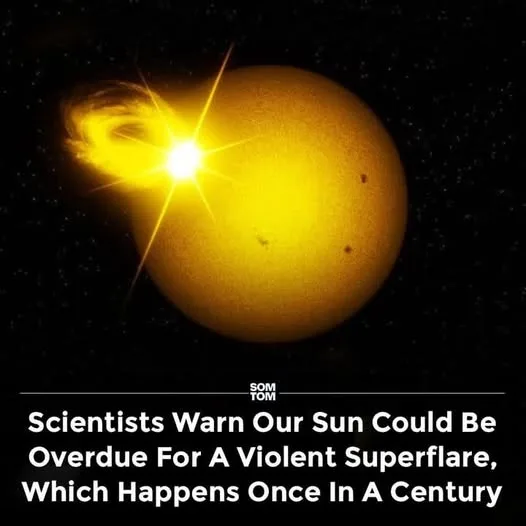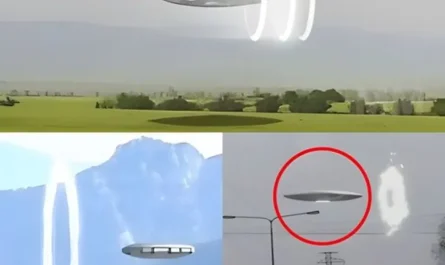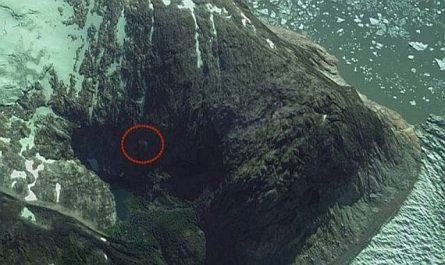Recent research has raised concerns that our Sun may be overdue for a superflare—an explosive event potentially 100 times more intense than the 1859 Carrington Event, one of the most powerful solar storms on record. Led by Valeriy Vasilyev of the Max Planck Institute, a team of scientists has analyzed the behavior of 56,400 Sun-like stars, uncovering startling insights into the frequency and impact of these rare but formidable solar phenomena.

A Century of Superflare Activity
The study, based on data from NASA’s Kepler telescope, observed 2,889 superflares across 2,527 stars over a four-year period, equating to a superflare occurrence rate of approximately once every 100 years per star. This finding challenges earlier estimates that placed such events at intervals of 1,000 to 10,000 years, suggesting that Sun-like stars, including our own, may be far more prone to these violent outbursts than previously thought. The Sun’s current quiet phase contrasts with this heightened activity, fueling speculation that a superflare could be imminent.
Clues from the Past
To understand the Sun’s long-term behavior, researchers turned to natural archives. Tree rings and polar ice cores reveal spikes in carbon-14 and nitrogen isotopes, markers of intense solar radiation. These records point to nine Miyake events—geomagnetic storms more powerful than the Carrington Event—over the last 15,000 years, with the most recent occurring around 774 CE. This historical evidence underscores the potential for extreme solar activity, though the exact frequency and impact on modern infrastructure remain uncertain.
The Threat of Coronal Mass Ejections
Superflares are often accompanied by coronal mass ejections (CMEs), massive bursts of solar plasma that can disrupt Earth’s magnetic field. A CME following a superflare could overload electrical grids, damage satellites, and interrupt communication systems—threats far exceeding the telegraph disruptions of the Carrington Event. The 1989 geomagnetic storm, which caused widespread blackouts, offers a glimpse of the vulnerability of today’s technology to such events.
Preparing for the Unknown
While the study highlights the Sun’s potential for a superflare, it also acknowledges gaps in our understanding. The relationship between superflares and CMEs, as well as whether the observed stars fully mirror the Sun’s behavior, requires further investigation. Nonetheless, the findings serve as a call to enhance space weather forecasting, with missions like ESA’s Vigil, set for 2031, aiming to provide early warnings. As we rely increasingly on technology, preparing for these solar “tantrums” is more critical than ever.
Final Thoughts
The possibility of a superflare looms as a reminder of the Sun’s unpredictable nature. With evidence suggesting we may be overdue, the scientific community is urged to deepen its research into these events. For now, the Sun remains a quiet giant, but its historical outbursts and the behavior of its stellar cousins suggest that vigilance is key to safeguarding our modern world.





